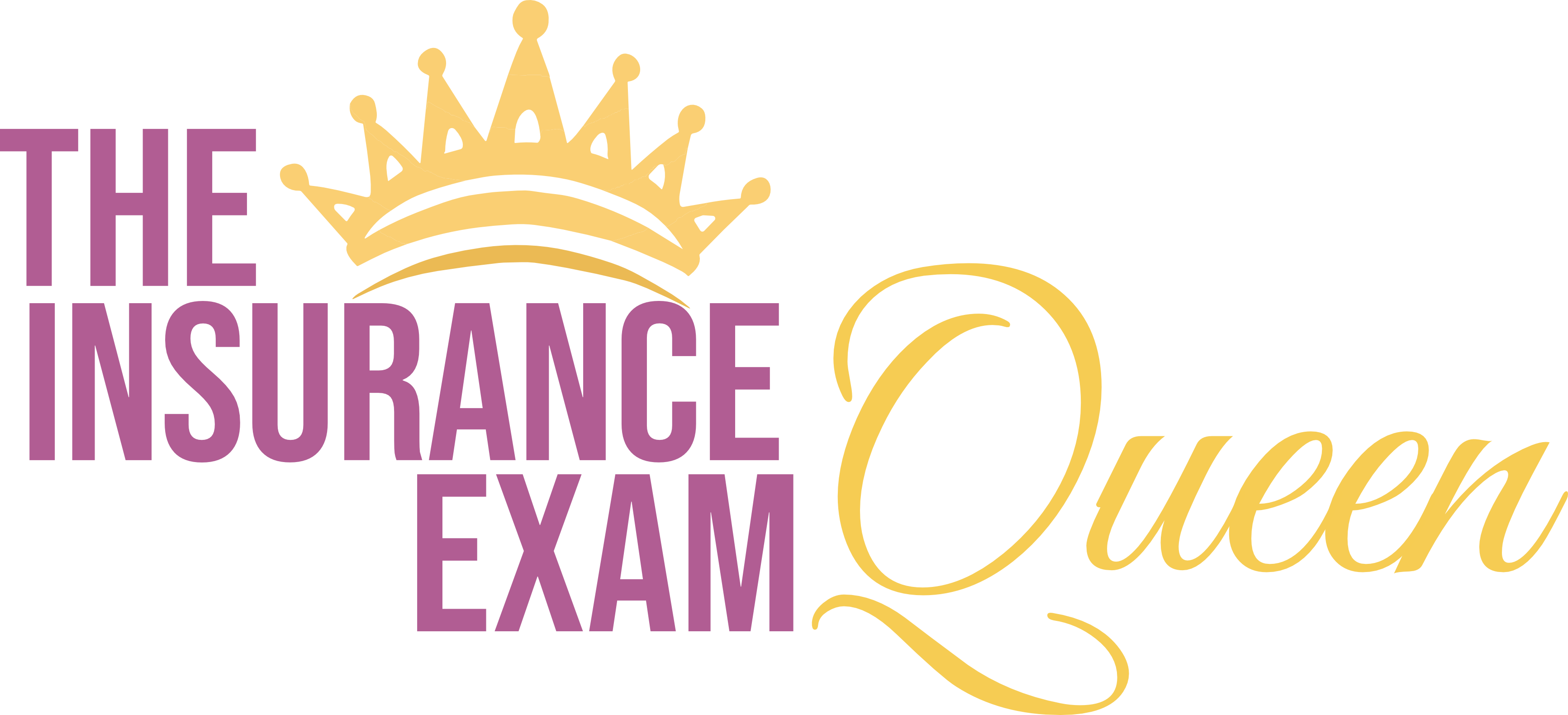All Lines: Law of Large Numbers
When we buy insurance, we are paying a relatively small amount of money (the premium) and in return we may be receiving a very large claim payout (this concept is called Aleatory, an exchange of unequal amounts).
How can insurance companies do this?
Collect a little from me, but pay out hundreds of thousands of dollars when I file a claim?
First, we must understand that insurance is getting the premium from a lot of people.
They are not getting premium money from just me, right?
But how do they know how much premium to charge me or anyone else?
Predictions and statistics are what allow insurance companies to do this. Insurance companies sort people into groups (homogenous/class) based on things they can get statics on
Predictions and statistics are what allow insurance companies to do this. Insurance companies sort people into groups (homogenous/class) based on things they can get statics on, like a younger new driver vs an older experienced driver. A younger healthy person, vs an elderly sickly person. Once they place us in our group(homogenous/class), they analyze the behavior of the group.
population(riskier/adverse selection). Based on that, insurance companies will charge a premium, the riskier you are, the more you pay because you are more likely to file a claim then someone else.
While younger drivers can expect to pay more for car insurance, when it comes to life insurance, they can expect to pay less. An experienced older driver will pay less in car insurance but can end up paying more for life insurance.
population(riskier/adverse selection). Based on that, insurance companies will charge a premium, the riskier you are, the more you pay because you are more likely to file a claim then someone else.
While younger drivers can expect to pay more for car insurance, when it comes to life insurance, they can expect to pay less. An experienced older driver will pay less in car insurance but can end up paying more for life insurance.
The large of large numbers tells us the bigger the group of young drivers we get to analyze, the more predictable we can get about who will have an accident and when. The bigger group of elderly people we get to analyze, the more accurate we can predict when they will die. Not every young driver will have an accident, but every young driver is paying a premium based on the prediction they will, allowing the hundreds of thousands of dollars to be there when the ones who do crash and file
claims.
The formal way we define law of large numbers is the bigger the group of people with a similar exposure to loss the more predictable actual losses will be.
One last thing for this section – How much will the insurer pay you for a claim?!
First,
we look at the loss. Loss is defined at the reduction, decrease or disappearance of value.
However, no matter what the loss is, it needs to fit within the limit of liability.
The amount that insurance companies pay you for a loss is based on two things. First, the amount of coverage. No matter how horrible the claim is, they will never pay you for more than the coverage you have available. That concept is called the “limit of liability.”
The next thing that insurance companies consider, is a principal called indemnity. The purpose of indemnity is to restore the insured, so however much money that cost to restore them to their previous financial condition before the loss, that is what the insurance will pay-up to the limit of liability of course!
For example,
let’s say I have policy to cover jewelry for $4,000. A necklace is stolen and I make a claim. The necklace itself is only worth $2,000 so all they will send me is $2,000.
Think of indemnity as making you whole.
RECAP
Life comes with risk.
While I have many methods of handling them like a STARR, the best method is to transfer risk and Insurance is the transfer of risk.
However, we can only transfer or buy insurance on risk that are “Pure: loss or nothing” and we cannot transfer gambling type risks, we call those “speculative risk“.
As long as the pure risk is due to chance, definite and measurable, statistically predictable, but not catastrophic it’s an INSURABLE risk.
Insurance companies then use the Law of Large Numbers to determine what your likely hood of loss is by using the Law of Large Numbers which says, the bigger the group of people with a similar exposure to loss the more predictable actual losses will be.
When you have a loss, the insurance company will indemnify you, making you whole again.
Recommended: Gold
The GOLD Course is ALWAYS the recommended class series for all students as it teaches the material in more depth. Over 30 hours of the most in depth classes with a more intensive teaching of the topic. Learn more about P&C GOLD Learn more about L&H GOLD
Share the Post
Click to share the post to your network





